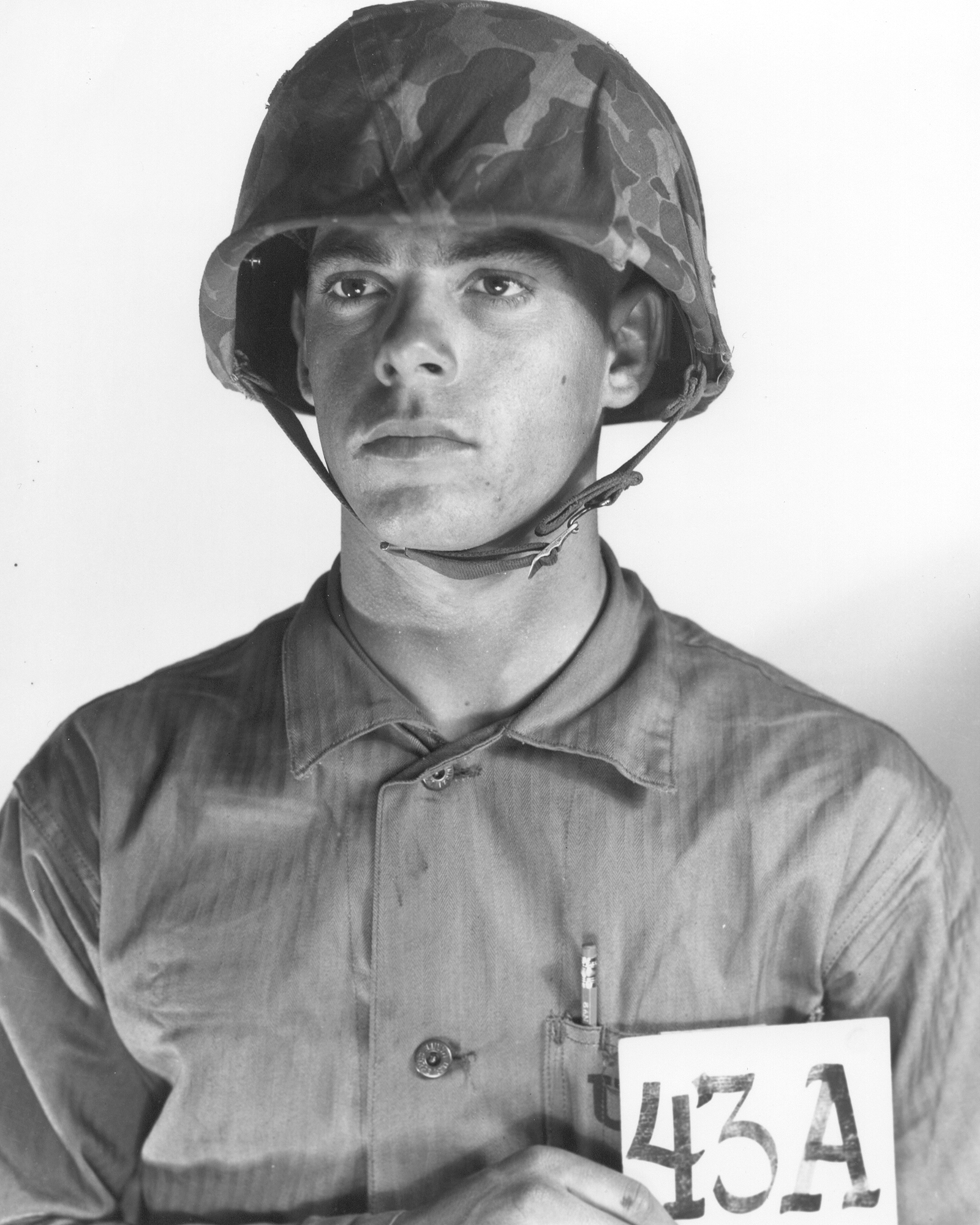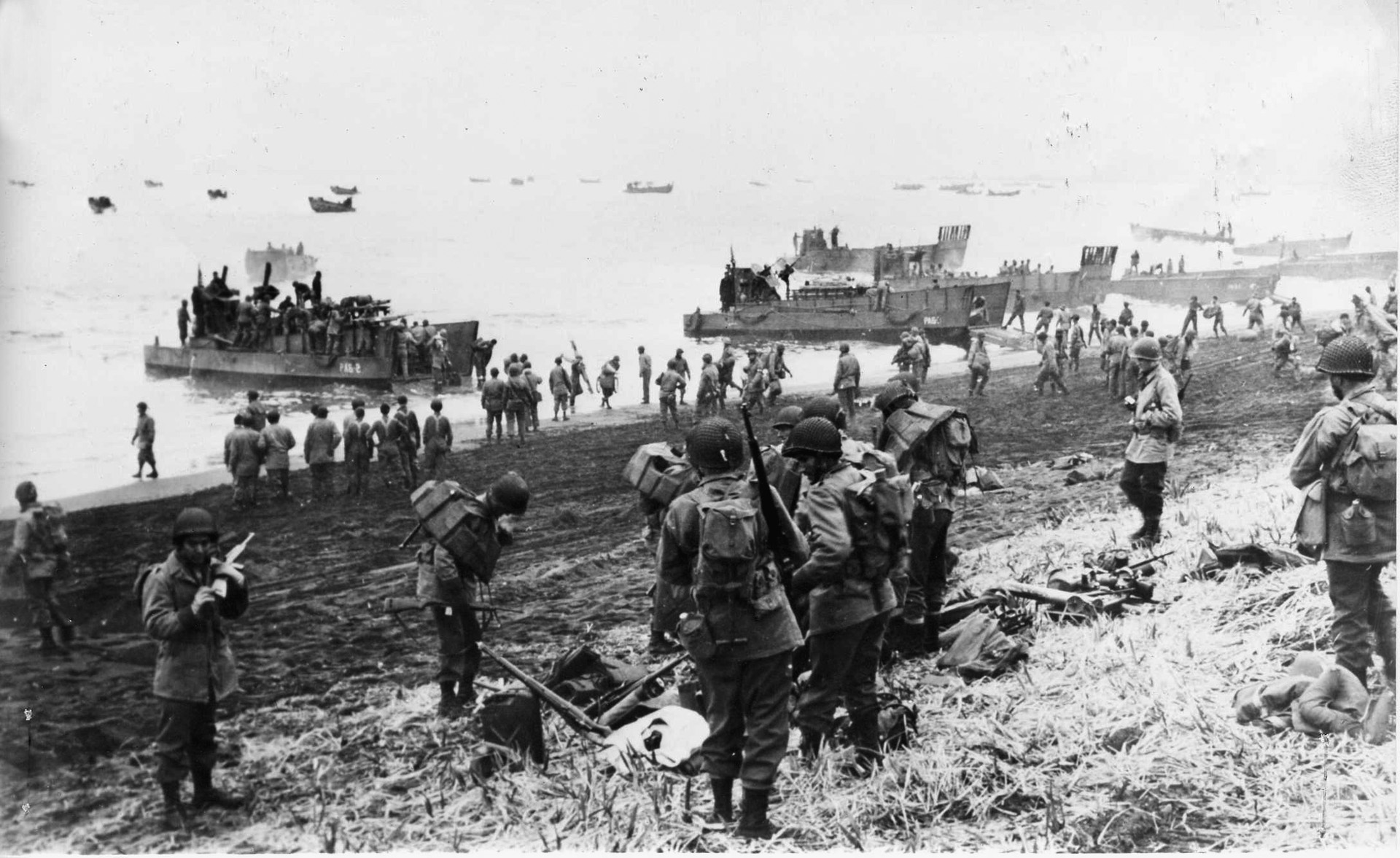The Battle of St. Mihiel occured between the 12th and 15th of September, 1918. This was the only offensive to be carried out solely by the American Expeditionary Force, following a plan devised by General Pershing. The idea was for the American troops to break through the German line, and capture the fortified city of Metz, which was the site of an important crossroads as well as a vital supply point for the German army. The attack launched by the Americans marked the first usage of the terms "D-Day", as well as "H-Hour."The attack launched by the Americans caught the Germans in the middle of a retreat, creating a chaotic atmosphere as German troops attempted to scramble into defensive positions. Worse for the Germans, their artillery had already been prepared for transport, meaning they were not going to be able to rely on indirect fires to bolster their defenses. The attack far exceeded the highest of expectations, particularly from the British and French viewpoints but even the American officers in command. This battle served to solidify the ability of American troops in combat, and provided a much-needed morale boost to the Allied forces. The American Expeditionary Force suffered around 7,000 casualties - less than one third of the 22,000 suffered by the German forces.One pair of soldiers in particular were assigned to the legendary 82nd Airborne Division - at the time, known simply as the 82nd Infantry Division. Roy Yaeger and his twin brother, Louis, were members of D Company, 321st Machine Gun Battalion, of the 82nd Infantry. They were positioned together, manning two Lewis Machine Guns while supporting the 327th Infantry Regiment. As the infantry was repulsed, and the regiment began to retreat, the Yaeger brothers remained in their machine gun position, holding off waves of German attackers to cover the retreat of their comrades with machine gun fire and their pistols. Roy and Louis Yaeger were from the town of Hebbronville, TX - a long way from the Saint-Mihiel salient where they would find themselves fighting for their lives. Roy and Louis would both be awarded the Distinguished Service Cross - the only time when a pair of twins would be awarded the second highest award for valor for the same action.The attack on the city of Metz eventually faltered, due to the muddy road conditions which forced many artillery pieces and food supplies to be left behind during the attack. As such, this resulted in Supreme Allied Commander Foch to instead order the American troops to Sedan and Charleville-Mézières, which would bring about the Meuse-Argonne Offensive. The attack highlighted the importance of the artillery during the war, as well as the logistical challenges that are faced when moving a large Army in combat.These lessons learned played a vital role in the Meuse-Argonne, where inexperienced American troops faced their toughest fighting of the war, and suffered the highest amount of casualties. To this day, it is the bloodiest battle fought by American troops. The Meuse-Argonne offensive would be the final push of the war, lasting just 47 days - and ending with the Armistice on 11, November, 1918.
Made with veterans and patriots in mind.
Patriotic Apparel

Shop Best Sellers

Shop Outerwear




%201.svg)






